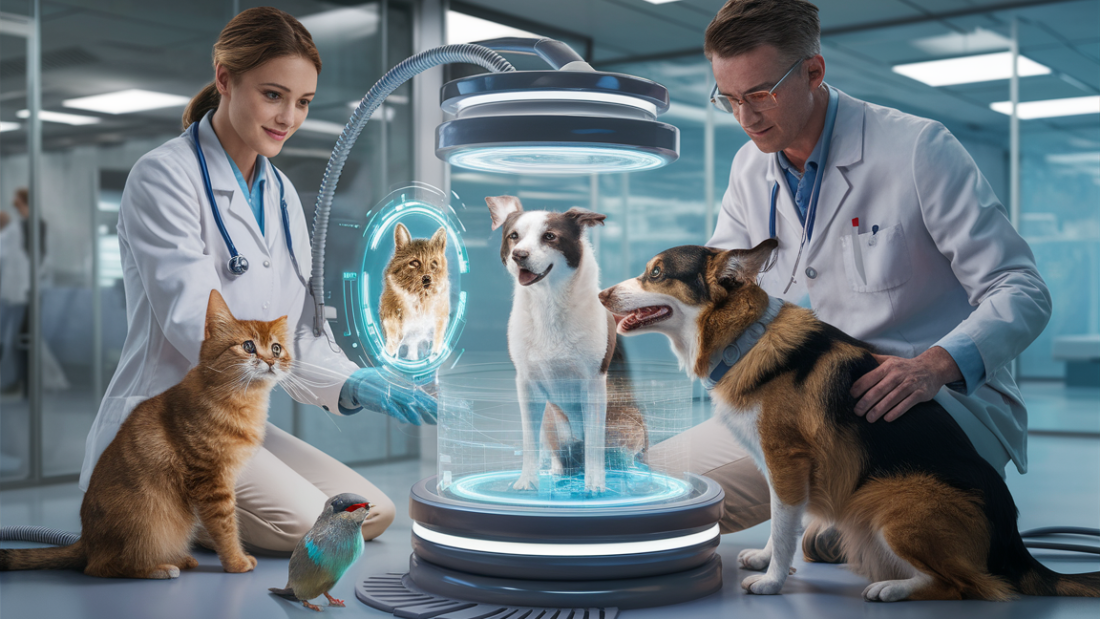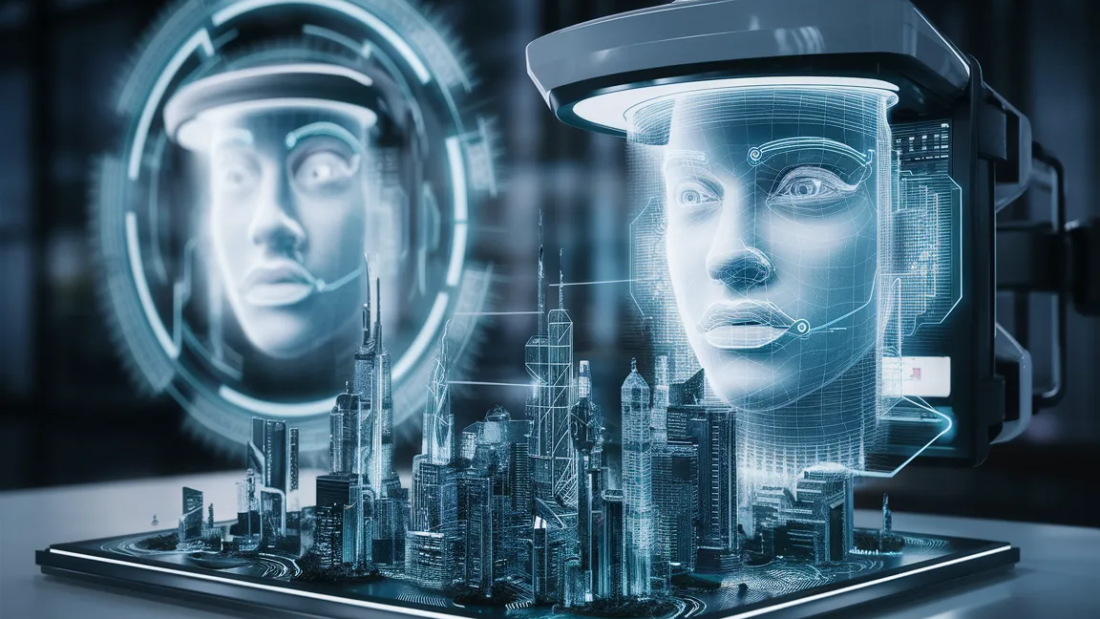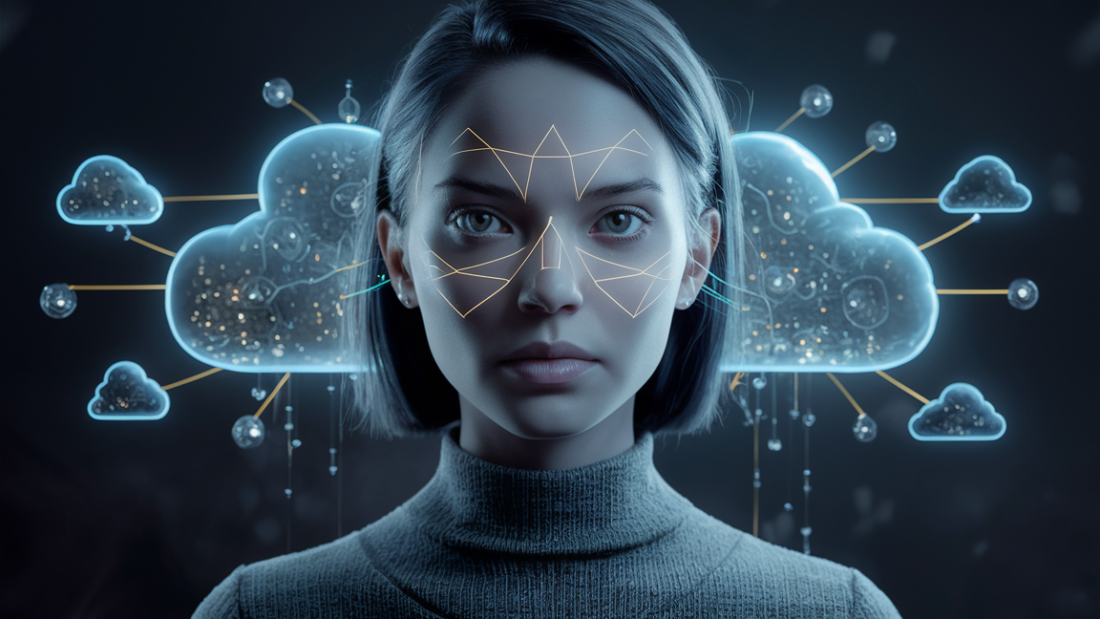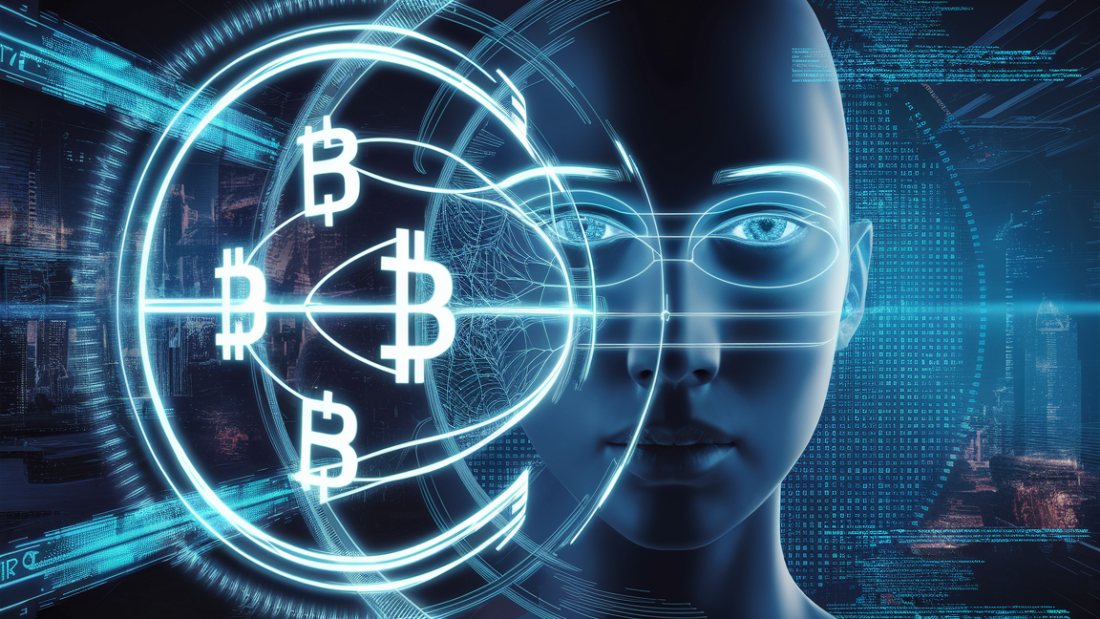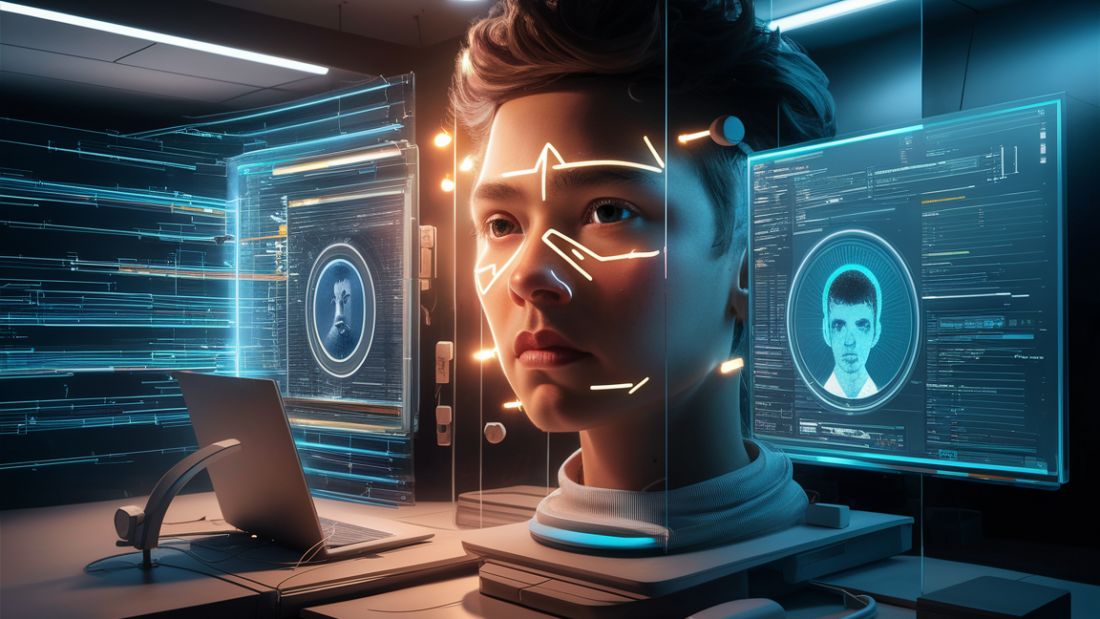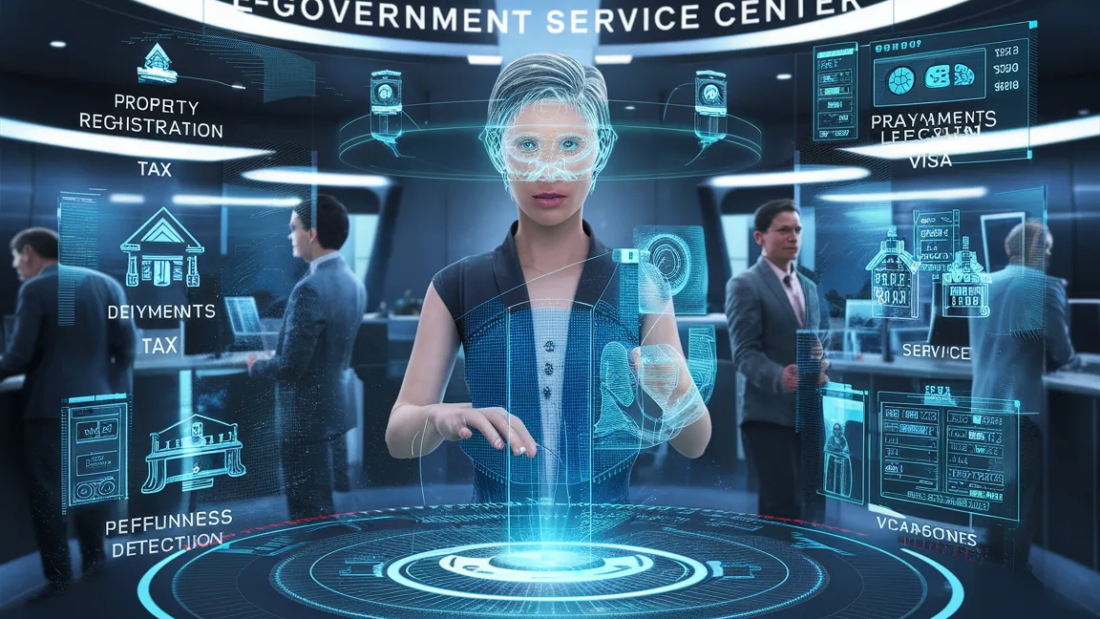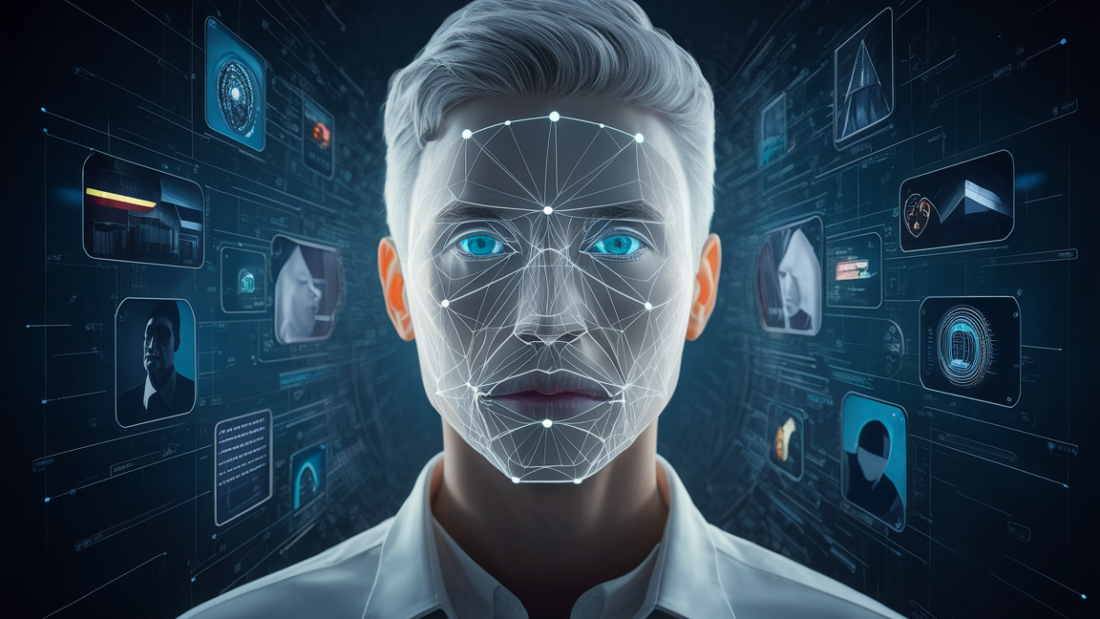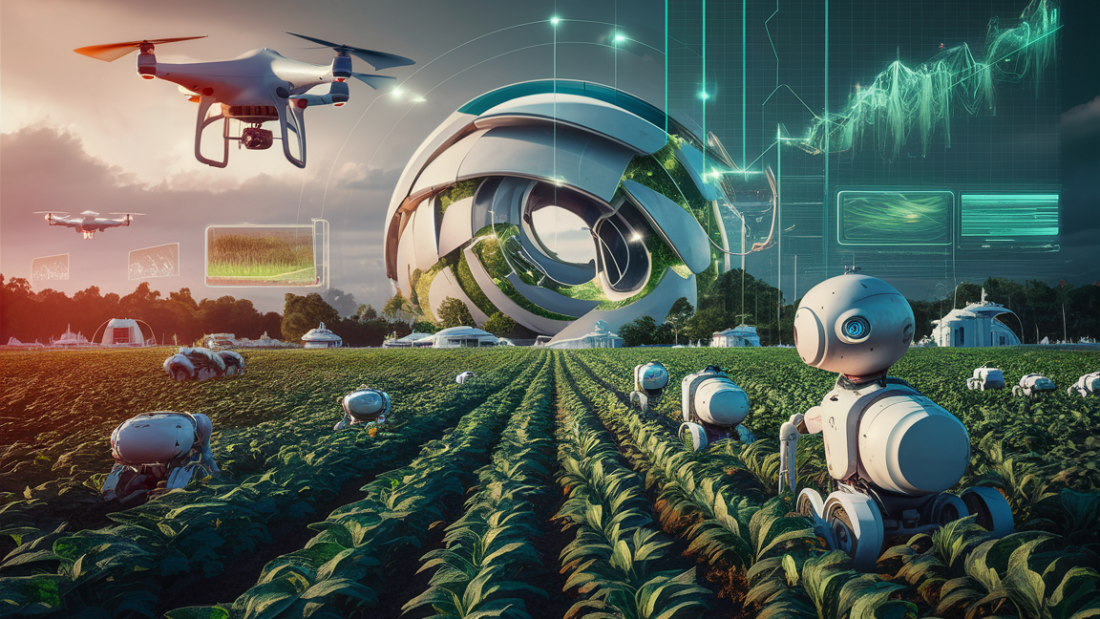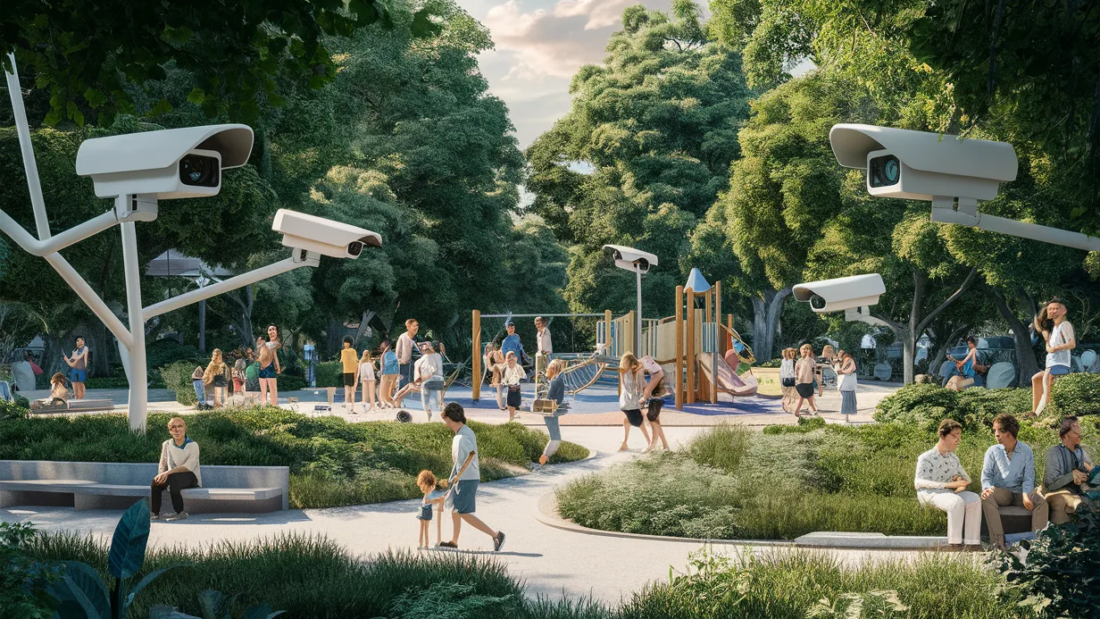Ever wished your furry friend could unlock your phone with just a glance? The future is now with pet recognition technology! Imagine the convenience of personalized settings tailored to your pet’s needs. From automatic feedings to tailored exercise routines, the possibilities are endless. Say goodbye to generic solutions and embrace a world where your pet’s unique characteristics are celebrated and catered to like never before.
Key Takeaways
- Implement pet recognition technology to streamline clinic operations and improve emergency responses.
- Utilize personalized pet care solutions for better veterinary services and tailored treatment plans.
- Address privacy and ethical concerns when integrating pet recognition systems in veterinary practices.
- The future of pet recognition holds promise for enhancing overall veterinary care and patient outcomes.
- Real-world success stories showcase the effectiveness of pet recognition in transforming pet healthcare.
- Embrace technology to enhance the efficiency and quality of veterinary services, benefiting both pets and their owners.
How Pet Recognition Works
Biometric Data
Pet recognition systems utilize biometric data such as facial features, iris patterns, and even paw prints to identify pets. This technology enables accurate and reliable pet identification.
Biometric data is unique to each pet, making it a secure method for identification. By analyzing these distinct characteristics, pet recognition systems can quickly and effectively match pets with their owners.
Benefits of Pet Recognition
Pet recognition offers numerous benefits over traditional methods like tags or microchips. One key advantage is the ability to accurately identify pets even if they lose their tags or collars.
Pet recognition systems provide real-time tracking and monitoring capabilities, allowing owners to locate their pets instantly in case they go missing. This enhances overall pet safety and security.
Accuracy and Efficiency
Compared to traditional methods of identification, pet recognition systems boast superior accuracy and efficiency. These systems can quickly scan and match biometric data, reducing the chances of errors or misidentification.
The speed at which pet recognition systems operate is impressive, enabling swift identification processes that are crucial in emergency situations. This efficiency not only saves time but also ensures that pets are reunited with their owners promptly.
Veterinary Services Overview
Services Available
Veterinary services encompass a range of medical and preventive care for pets. These include routine check-ups, vaccinations, surgeries, dental care, and diagnostic tests.
Regular veterinary visits are crucial for early detection of health issues. They enable timely treatment, ultimately leading to better outcomes for the animal.
Importance of Regular Check-ups
Regular check-ups are vital for maintaining a pet’s overall health. During these visits, veterinarians conduct thorough examinations to identify any potential problems.
Through preventive care, veterinarians can address issues before they escalate, ensuring pets lead healthy and fulfilling lives.
Veterinarians’ Role
Veterinarians play a pivotal role in promoting animal well-being. They provide essential medical care, offer advice on nutrition and exercise, and educate owners on responsible pet ownership.
Enhancing Veterinary Care with Technology
AI Integration
Artificial Intelligence (AI) has significantly transformed veterinary care by streamlining processes and enhancing diagnostic accuracy. AI algorithms can analyze pet data, detect patterns, and provide insights for better treatment plans.
The integration of AI in veterinary practices enables faster diagnosis and more personalized care for animals. By utilizing AI-powered tools, veterinarians can make data-driven decisions leading to improved outcomes for pets.
Telemedicine Impact
Telemedicine has revolutionized the way veterinarians interact with pet owners, offering remote consultations and guidance. This technology allows pet owners to seek advice without physically visiting a clinic, saving time and reducing stress for both pets and owners.
With telemedicine, veterinarians can provide real-time assistance, monitor pets’ conditions remotely, and offer immediate support during emergencies. This advancement in technology has bridged the gap between pet owners and veterinary professionals.
Diagnostic Advancements
Technological advancements have led to the development of sophisticated diagnostic tools, such as digital imaging equipment and genetic testing kits. These tools enable veterinarians to conduct comprehensive assessments, identify issues accurately, and tailor treatment plans accordingly.
Moreover, technology has expanded treatment options for pets by introducing innovative therapies like laser treatments and minimally invasive surgeries. These advancements have not only improved the quality of care but also enhanced the overall well-being of animals.
Streamlining Clinic Operations
Check-In Efficiency
Pet recognition systems play a crucial role in streamlining the check-in process at veterinary clinics. By utilizing these systems, clinics can quickly identify pets upon arrival, reducing wait times and improving overall efficiency. This technology allows for seamless check-ins, ensuring that each pet’s information is readily available to the clinic staff.
Digital records further enhance operational efficiency by providing instant access to a pet’s medical history and previous visits. Clinic staff can easily retrieve vital information, such as vaccination records or medication details, without sifting through physical files. This not only saves time but also enables veterinarians to make well-informed decisions promptly.
Administrative Burden Reduction
Automation plays a significant role in reducing administrative burdens on clinic staff. Tasks such as scheduling appointments, sending reminders, and managing paperwork can be automated through integrated systems. This automation frees up valuable time for staff members to focus on providing quality care to the animals and interacting with pet owners.
Pros of Pet Recognition Systems:
- Efficient check-in processes
- Improved accuracy in accessing pet information
Cons of Automation in Clinics:
- Initial setup costs
- Potential technical issues that may arise
Enhanced Staff Productivity
By implementing pet recognition systems and digital record-keeping, veterinary clinics can significantly enhance their staff productivity. With quick access to necessary information and streamlined processes, clinic staff can work more efficiently, leading to faster turnaround times for appointments and treatments.
Moreover, automation in administrative tasks reduces the likelihood of errors due to manual data entry or missed appointments. This not only benefits the clinic operationally but also enhances the overall experience for pet owners by ensuring smoother interactions and timely communication regarding their pets’ health.
Improving Emergency Responses
Pet Identification
Pet recognition plays a crucial role in improving emergency responses by aiding in the quick identification of lost or injured pets. By utilizing microchipping and pet ID tags, veterinary clinics and rescue organizations can swiftly reunite pets with their owners during emergencies. This process not only reduces stress for both pets and owners but also ensures timely medical attention for injured animals.
Emergency Preparedness
Emergency preparedness is paramount in veterinary clinics to effectively handle unforeseen situations like natural disasters or accidents. Establishing emergency protocols and conducting regular training sessions for staff members can ensure a swift and coordinated response during crises. By having emergency kits stocked with essential supplies, veterinary clinics can efficiently address the needs of both pets and their owners in times of distress.
Technological Advancements
Incorporating technology into emergency responses can significantly enhance communication and coordination efforts. Utilizing pet recognition software enables veterinary clinics to quickly access vital information about pets, such as medical history and owner contacts, facilitating prompt decision-making during emergencies. Moreover, leveraging communication tools like text alerts and email notifications can help disseminate critical information to pet owners rapidly.
Personalizing Pet Care
Tailoring Treatment
Pet recognition plays a crucial role in tailoring treatment plans for individual animals. By analyzing specific data points such as medical history, breed, age, and behavior patterns, veterinarians can customize care to meet each pet’s unique needs.
This personalized approach ensures that pets receive tailored treatments that address their specific health concerns. For example, a senior dog with arthritis may require different medication and exercise routines compared to a young puppy with dietary sensitivities.
Data Analytics
Utilizing data analytics, veterinary professionals can delve deeper into pet health records to identify trends and patterns. By leveraging this information, they can predict potential health issues and proactively address them before they escalate.
Through data-driven insights, veterinarians can make informed decisions about the most effective treatment strategies for each pet. This proactive approach not only improves the quality of care but also enhances the overall well-being of the animal.
Benefits of Personalized Care
The implementation of personalized care in veterinary medicine brings forth numerous benefits. One key advantage is the ability to detect underlying health issues early on, leading to timely interventions that can prevent further complications.
Moreover, personalized care fosters a stronger bond between pet owners and their furry companions. When pet parents see the positive impact of tailored treatments on their pets’ health and happiness, it strengthens their trust in the veterinary team.
Advantages:
- Early detection of health issues
- Strengthened bond between pet owners and pets
- Improved overall well-being through tailored treatment plans
Addressing Privacy and Ethics
Importance of Privacy in Pet Recognition
Data privacy is crucial in pet recognition systems to protect sensitive information about pets and their owners. Unauthorized access to this data can lead to misuse and potential breaches.
Pet recognition technologies store biometric data, such as facial features or physical characteristics, which must be safeguarded to prevent identity theft or unauthorized tracking.
Ethical Considerations in Biometric Data Usage
The use of biometric data for pets raises ethical concerns regarding informed consent and fair treatment. Pets cannot provide consent, so responsible handling of their data is paramount.
Ethical dilemmas emerge when pet recognition systems are used without considering the implications on pet welfare and privacy rights.
Transparency and Consent in Handling Pet Information
Transparency is essential in the development and deployment of pet recognition systems to ensure that users understand how their pets’ data is collected, stored, and utilized.
Owners should have the right to opt-in or opt-out of sharing their pets’ biometric information, emphasizing the importance of informed decision-making.
Real-world Success Stories
Reunited Pets
Pet recognition systems have played a crucial role in reuniting lost pets with their owners. In numerous heartwarming cases, microchip technology has enabled shelters and veterinary clinics to scan lost pets, revealing their owner’s contact information. This simple yet effective method has led to countless emotional reunions between distraught pet owners and their beloved companions.
In one particular instance, a microchipped dog, who had been missing for several weeks, was brought into a local shelter. Thanks to the microchip embedded under its skin, the shelter staff quickly identified the dog’s owner and facilitated a tearful reunion. Such stories highlight the immense value of pet recognition technology in alleviating the distress of losing a furry family member.
Improved Diagnosis and Treatment
The integration of facial recognition software in veterinary practices has significantly enhanced diagnosis and treatment outcomes for pets. By analyzing unique facial features and patterns, veterinarians can swiftly identify individual animals and access their medical history. This streamlined process not only expedites treatment but also ensures accurate medication dosages tailored to each pet’s specific needs.
In a recent case study, a veterinary clinic implemented facial recognition technology to track patient records and medical histories efficiently. As a result, they observed a notable reduction in diagnostic errors and an improvement in treatment efficacy. The seamless integration of technology in pet healthcare demonstrates how innovation can positively impact the well-being of our four-legged companions.
Testimonials from Veterinarians and Pet Owners
Veterinarians and pet owners alike have expressed overwhelming gratitude for the benefits of pet recognition systems. Vets acknowledge that these technologies have revolutionized their practice by streamlining administrative tasks, enhancing patient care, and improving overall efficiency. Pet owners have shared touching accounts of how microchip implants have swiftly reunited them with their lost pets, underscoring the invaluable peace of mind provided by such systems.
A survey conducted among pet owners revealed that 99% of respondents felt more secure knowing that their furry friends were equipped with identification technology. The peace of mind afforded by these systems extends beyond mere identification; it offers reassurance that in the event of separation, swift reunification is highly probable.
Future of Pet Recognition
Trends
Advancements in pet recognition technology are rapidly evolving, with innovative solutions such as smart collars and facial recognition gaining traction. These technologies aim to enhance pet safety and streamline identification processes.
Biometric Identification
Biometric identification for pets is a promising area of development, offering unique identifiers like paw prints and nose prints. This method ensures accurate identification and personalized care for pets.
Research and Development
The future of pet recognition heavily relies on research and development, driving breakthroughs in artificial intelligence and machine learning algorithms. These advancements enable precise identification based on various biometric markers.
Closing Thoughts
By embracing pet recognition technology, you can revolutionize the way veterinary services are delivered. From enhancing patient care to optimizing clinic operations and improving emergency responses, the benefits are undeniable. Personalizing pet care while addressing privacy and ethical concerns ensures a holistic approach to veterinary medicine. Real-world success stories underscore the positive impact of this innovative technology, paving the way for a promising future in pet healthcare.
As you navigate the evolving landscape of veterinary services, consider integrating pet recognition technology into your practice. Stay informed about the latest advancements and explore how these tools can elevate the quality of care you provide to your furry companions. Embrace innovation, prioritize patient well-being, and lead the way towards a more efficient and personalized approach to veterinary medicine.
Frequently Asked Questions
How does pet recognition technology work?
Pet recognition technology uses algorithms to analyze unique features like fur patterns or facial characteristics to identify pets. It can match these features with stored data to accurately recognize and differentiate between different animals.
What are the benefits of enhancing veterinary care with technology?
Enhancing veterinary care with technology allows for improved diagnosis accuracy, streamlined operations, personalized treatment plans, and quicker emergency responses. This results in better overall pet health outcomes and increased efficiency for veterinary clinics.
Is pet recognition technology compliant with privacy and ethics standards?
Pet recognition technology developers prioritize privacy and ethics by implementing strict data protection measures, obtaining consent for data collection, and ensuring transparency in how the technology is used. These practices uphold ethical standards and respect user privacy.
Can pet recognition technology help in real-world scenarios?
Yes, pet recognition technology has shown success in various real-world scenarios such as reuniting lost pets with their owners, tracking medical histories efficiently, and aiding in identifying animals during emergencies. Its practical applications demonstrate its value in improving pet care services.
What does the future hold for pet recognition technology?
The future of pet recognition technology looks promising with advancements in AI and machine learning. Expect more accurate identification capabilities, integration with other vet technologies for comprehensive care, and enhanced features to cater to evolving veterinary needs.
